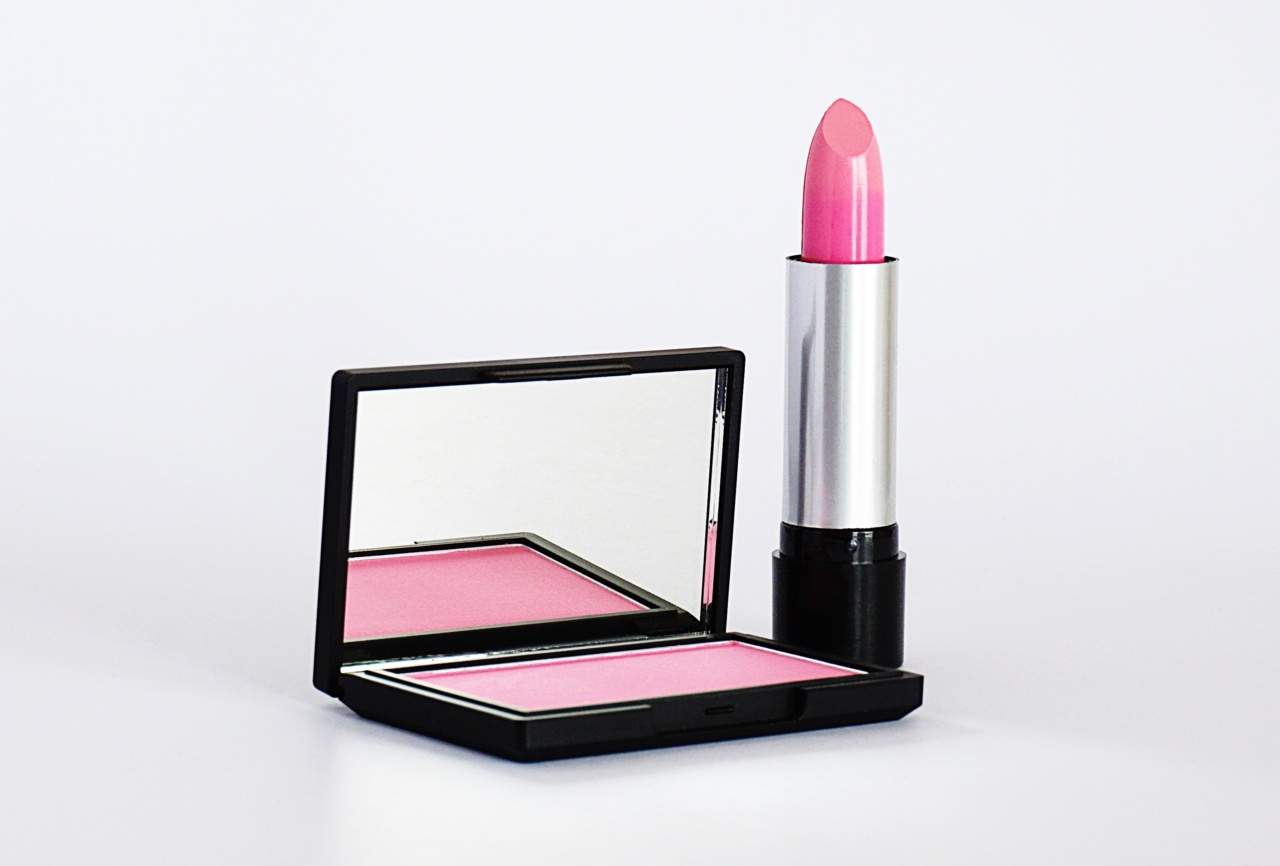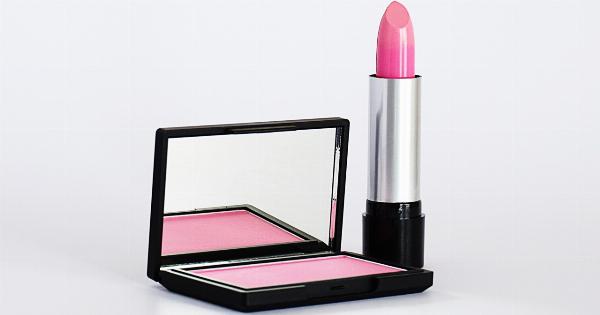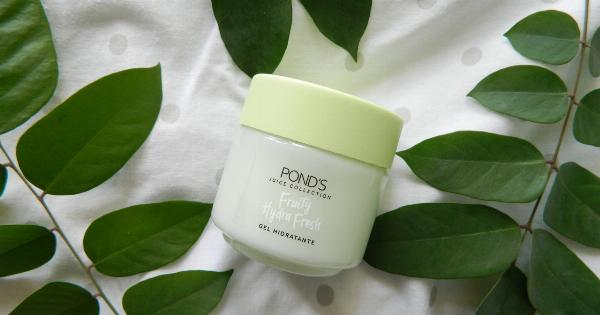When it comes to beauty products, we often invest a significant amount of time and money to find the perfect ones for our skincare routine or makeup collection. However, what many people overlook is the fact that beauty products have expiration dates.
Just like food items, these products also have a limited shelf life and using expired ones can have detrimental effects on our skin and overall health. In this article, we will delve into the importance of checking expiration dates on beauty products and why it is crucial to be aware of the potential harm of using expired products.
Understanding Expiration Dates
Beauty products, whether they are skincare essentials or makeup must-haves, come with expiration dates for a reason. These dates indicate the period for which the product is deemed safe to use, both in terms of efficacy and potential skin reactions.
However, understanding these expiration dates can sometimes be confusing, as they are often represented in various formats. Let’s decode some of the common ways expiration dates are labeled on beauty products:.
Labels and Symbols
1. Best Before Date:.
This label is commonly used for skincare products, such as moisturizers, serums, and cleansers. The “best before” date suggests that the product is at its peak effectiveness until that specific date.
While it may still be safe to use after the indicated date, the product’s potency and effectiveness could diminish over time.
2. Period After Opening (PAO) Symbol:.
You might have noticed a small open jar symbol with a number followed by the letter “M” on your cosmetics packaging. This symbol is known as the Period After Opening (PAO) symbol.
It signifies the number of months the product remains safe to use after opening. For example, if the symbol displays “12M,” it means the product is safe to use for 12 months after unsealing it. Beyond this period, the product’s quality, consistency, and potential for bacterial growth may alter.
The Importance of Expiration Dates
Now that we understand how expiration dates are communicated, it’s essential to comprehend why adhering to them is crucial for our skin health and overall well-being.
1. Safety Concerns
Expired beauty products can harbor harmful bacteria and fungi, which can lead to various skin infections, irritations, breakouts, allergies, and more. Over time, these microorganisms can multiply and pose serious risks to our skin health.
By using products within their expiration dates, we minimize the likelihood of encountering these issues and ensure our skin remains healthy and beautiful.
2. Reduced Efficacy
Beauty products, particularly skincare items, are formulated with active ingredients that address specific concerns. These ingredients may lose their potency over time, rendering the product ineffective.
For instance, an expired anti-aging cream may fail to deliver the promised results as its active ingredients might have degraded. Using products within their shelf life ensures we reap the maximum benefits they offer.
3. Changes in Texture and Smell
Expired beauty products often undergo changes in texture, consistency, and smell. These alterations can be an indication of the product’s degradation and contamination.
A moisturizer that has turned rancid or a foundation that has separated could be harmful to our skin. By paying attention to these changes, we can avoid using compromised products that may cause adverse reactions.
How to Determine if a Product is Expired
Although many beauty products come with clear expiration dates, there are instances when the labels wear off or become unreadable. In such cases, it’s essential to know some telltale signs to determine if a product has expired:.
1. Changes in Color and Consistency
If a product’s color has significantly changed or it has started to separate, it may indicate that it has gone bad. For example, a foundation that has turned darker or a liquid eyeliner that has become clumpy are signs of expiration.
2. Foul Odor
Beauty products that have an unpleasant smell, different from their original scent, might have spoiled. Trust your nose and discard such products to avoid any adverse reactions.
3. Irritation or Allergic Reactions
If you notice any signs of irritation, redness, itching, or breakouts after using a product, it’s possible that it has expired. Discontinue use immediately and consult a dermatologist if necessary.
Tips for Managing Beauty Product Expiration
Now that we’ve established the importance of checking expiration dates on beauty products, here are some helpful tips to manage your products effectively:.
1. Take Inventory
Periodically go through your skincare and makeup collection to assess each product’s expiration date. Discard any expired ones to avoid accidentally using them in the future.
2. Store Products Properly
In order to maximize the shelf life of your beauty products, it’s vital to store them correctly. Keep them away from direct sunlight, excessive heat, and humidity, as these factors can accelerate the product’s degradation.
3. Avoid Sharing
Sharing beauty products or tools with others can introduce bacteria and compromise their integrity. To maintain hygiene and prevent cross-contamination, refrain from sharing your personal beauty items.
4. Consider Product Packaging
Some beauty products, such as sunscreen or aerosol sprays, may have specific storage instructions on their packaging. Be mindful of these guidelines to ensure their effectiveness and safety.
5. Follow the Two-Year Rule
As a general rule of thumb, it is recommended to replace certain beauty products every two years, regardless of whether they have expired or not.
Mascara, liquid eyeliners, and lip glosses are examples of products that should be replaced within this timeframe due to their susceptibility to bacterial growth.
The Bottom Line
Remember, using expired beauty products can have serious consequences for your skin health. Always check the expiration dates and follow the recommended guidelines for storage and usage.
By staying vigilant and regularly assessing your beauty collection, you can ensure the products you use are safe, effective, and provide the best possible results for your skin.




























